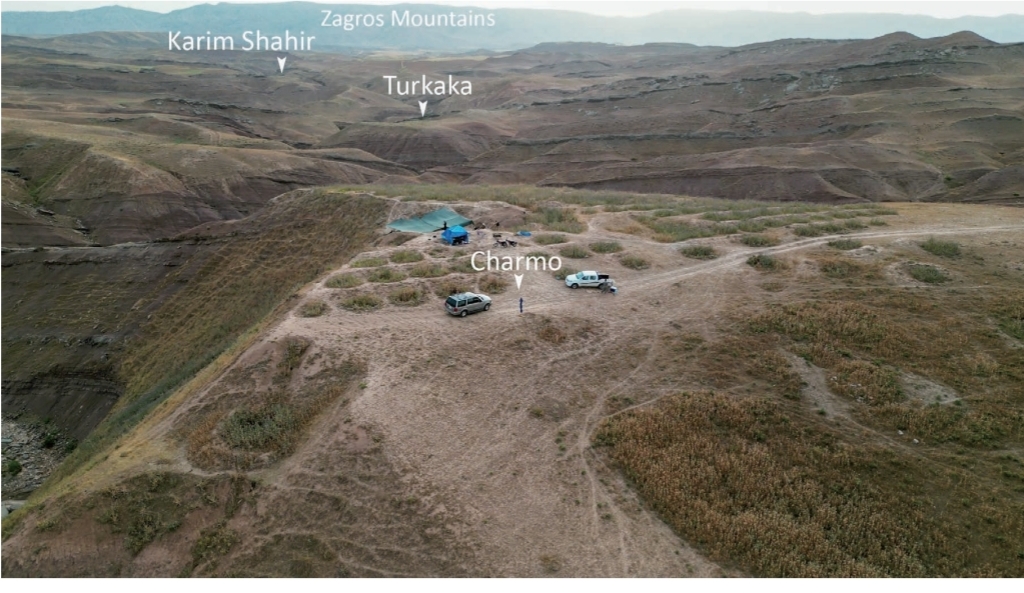PRELIMINARY REPORT OF THE CHARMO (JARMO) PREHISTORIC INVESTIGATIONS, 2022


About 5 km south of the district town of Qaladze, in the Peshdar Plain on the eastern bank of the Little Zab, lie the two archaeological sites of Qalat-i Dinka and Gird-i Bazar.
240111034030.jpg)
The Directorate of Archeology and Culture of Sulaimani continued their work and activities by conducting a test trench excavation in an area of 17 dunams in front of Bashmakh international gate, approximately 600 meters away.
240307025048.png)
The south-western foothills of the Zagros range, in Iraqi Kurdistan, have long been largely unexplored because it has been impossible for archaeologists to carry out fieldwork research in this area for more than half a century.
